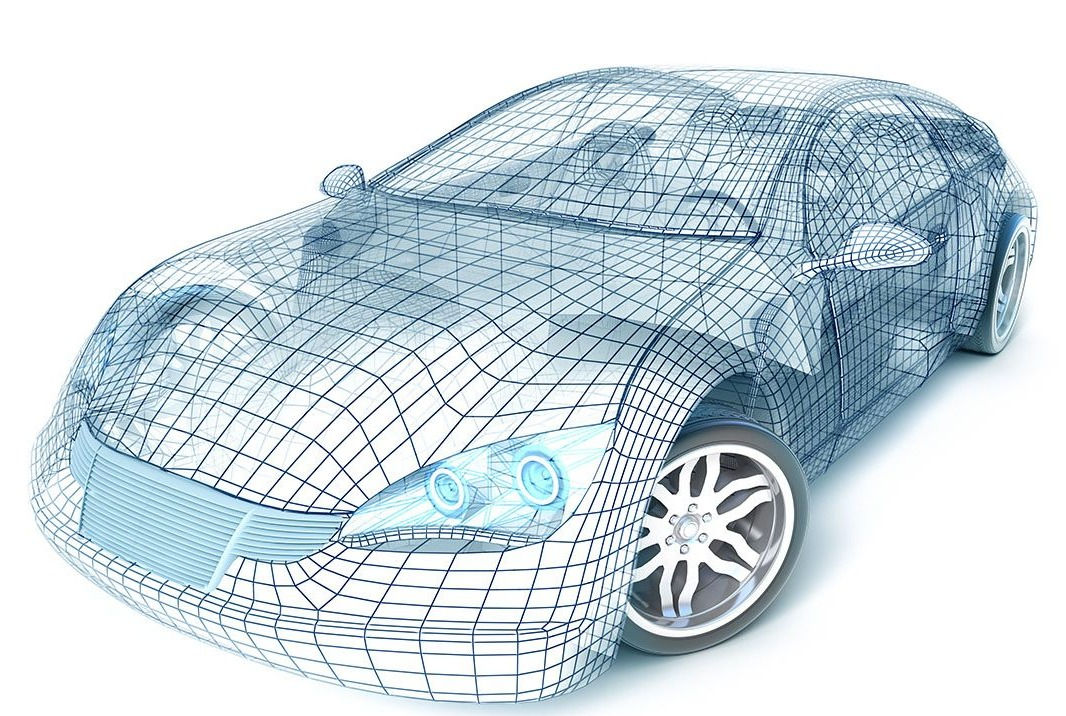

-
ELFORM=52 for 2D plain strain, where BASELM has to be set to 13.
=54 for 3D shell, where BASELM can be set to eith 2 or 16.
Card 3

-
MCID: material ID defined in *MAT_COHESIVE_TH [2]. If not defined, there is no cohesive fracture processing zone. It is recommended to define MCID for brittle material.
-
BASELM: base element formulation (see ELFORM)
-
DOMINT=0 for phantom element integration (recommended) [3]
-
FAILCR: criterion for initializing and advancing crack
=1: maximum tensile strength. The value is defined in *MAT_COHESIVE_TH with MCID.
This is typically for brittle material.
=-1: critical effective plastic strain (EPS). The value is defined in FS. If LS>0, the crack
advances only when the regularized EPS at the crack tip is greater than FS. [4]
This is typically for ductile material.
-
PROPCR: option to determine crack propagation direction
=0: maximum principal direction of total strain. Recommended to use FAILCR=1.
=2: center of EPS. Recommended to use FAILCR=-1. [5]
-
FS: critical value for FAILCR=-1.
-
LS>0 turns on regularization for FAILCR=-1. It defines the radius of a circular regularization zone (material length scale) in a 2D locally projected domain at crack tip. [4]
-
NC>0 defines number of cracks allowed. NC<0 activates element erosion for cracked XFEM elements.

-
ELFORM=41 is more suitable for crashworthiness analysis
=42 is more suitable for sheet metal forming analysis
-
Section definition for EFG solid element formulation
Card 1

-
ELFORM=42 is for tetrahedron background mesh. It is recommended to use this formulation in 3D TET-based adaptive EFG.
Card 2 and 3


-
IEBT=3 and IDIM=2 are the recommended setting with the best computational efficiency. In case of ELFORM=41 with HEX/PENT mesh, IDIM=-1 has the best efficiency. [8]
-
IPS=1 turns on the pressure smoothing. [9]
*SECTION_SOLID_PERI [10] [ex]
-
Section definition for Peridynamics solid element formulation
Card 1

-
ELFORM=48 defines Peridynamic solid formulation
-
For 3D solid, it automatically detects and supports tetrahedron (TET), hexahedron (HEX) and pentahedron (PENT). (see related keywords) [ex]
-
For thin layers in laminate, it automatically detects and supports 3-node triangular and 4-node quadrilateral elements. (see related keywords) [ex]
-

-
ELFORM=47 defines SPG solid formulation. It accepts FEM solid mesh as input, and automatically converts the FEM nodes to SPG particles.
Card 2

-
DX, DY & DZ: define the normalized support sizes in x-, y-, z-directions. [11] Default values are recommended.
-
KERNEL: defines the type of kernel approximation. [12]
-
SMSTEP: defines the interval of time steps to perform kernel update. [13] Default value is recommended.
Card 3


